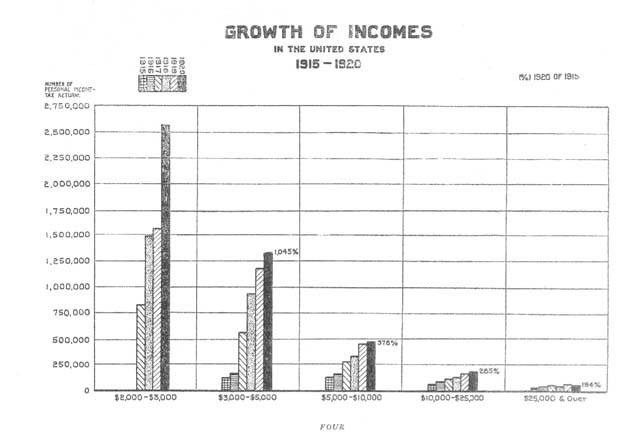|
|
|
A PERSON-to-person canvas to determine what kind of reception the public would accord the Over-size Duofold at $7 and the smaller sized Duofold Jr. at $5 was suggested by Benson, Gamble & Slaten. The proposal was adopted, and in February, 1922, the advertising agency sent investigators into Illinois, Indiana and Ohio. Each of these men was equipped with 10 or 12 fountain pens varying in style and size, but all black excepting the Over-size Duofold and Duofold Jr. These investigators had been carefully coached. (An investigation is worse than useless, it is misleading, unless the true opinion of those interviewed is obtained.)
The investigators visited small towns and large cities; they stopped people on the streets, called on others in offices, banks, stores and homes; they talked with men and women, with all classes. Displaying his tray of pens each investigator said: "Will you pardon me, please, if I ask a question? I am not selling pens, I am merely finding out what kind people like. It will help me a great deal to have your opinion. Won't you try these pens and see which suits you best?"
Beyond that the investigator was instructed to say nothing except in reply to questions. He was to leave the individual free to form his own opinion, to study the effect of each pen tried and the effect of the price when he made it known. And he was to record each interview.
This popular vote resulted in the discovery that in spite of opinions to the contrary, an extensive market existed for the Over-size Duofold at $7, Duofold Jr. at $5, and a similar pen in a smaller size for women at $5. In detail the investigation determined:
1 Percentage of men and percentage of women favoring the following:
a Over-size Duofold at $7; percentage in red, percentage in plain black.
b Duofold Jr. at $5; percentage in red, percentage in plain black.
c Lady Duofold at '15; percentage in red, percentage in plain black.
d Regular Black Pens at various prices.
2 Percentage of people preferring the Over-size Duofold and the percentage objecting to the price of $7.
3. Percentage of people preferring the Lady Duofold or the Duofold Jr., and the percentage objecting to the price of $5.
4. Percentage of people expressing admiration for the color of the Duofold.
5. Comments favorable and unfavorable about various pens.
To account for so large a part of the public accepting the $5 and $7 prices, it was only necessary to refer to the government statement of income tax returns. The number of personal incomes of $3,000 a year or higher was shown to have increased since 1915 nearly 2,000% and that more numerous class-those reportjag incomes between $2,000 and $3,000 yearly-increased nearly 400% since 1917 (See Chart Growth of Incomes, page 4). Indeed buying power was at a new high level. The market was ready to pay the price of a super-pen. But the fountain pen business was still being done on the old, prewar level. Manufacturers and dealers were thinking in terms of the past. Here was a basic condition that this industry had overlooked.
The arrival of the Duofold was timely and propitious. It was economically and psychologically favored. Surveying the evidence and the opportunity. the Parker Pen Company resolved to back the Duofold with all of its resources. How priceless are vision, imagination and courage when the check of caution and judgment are placed upon them!
